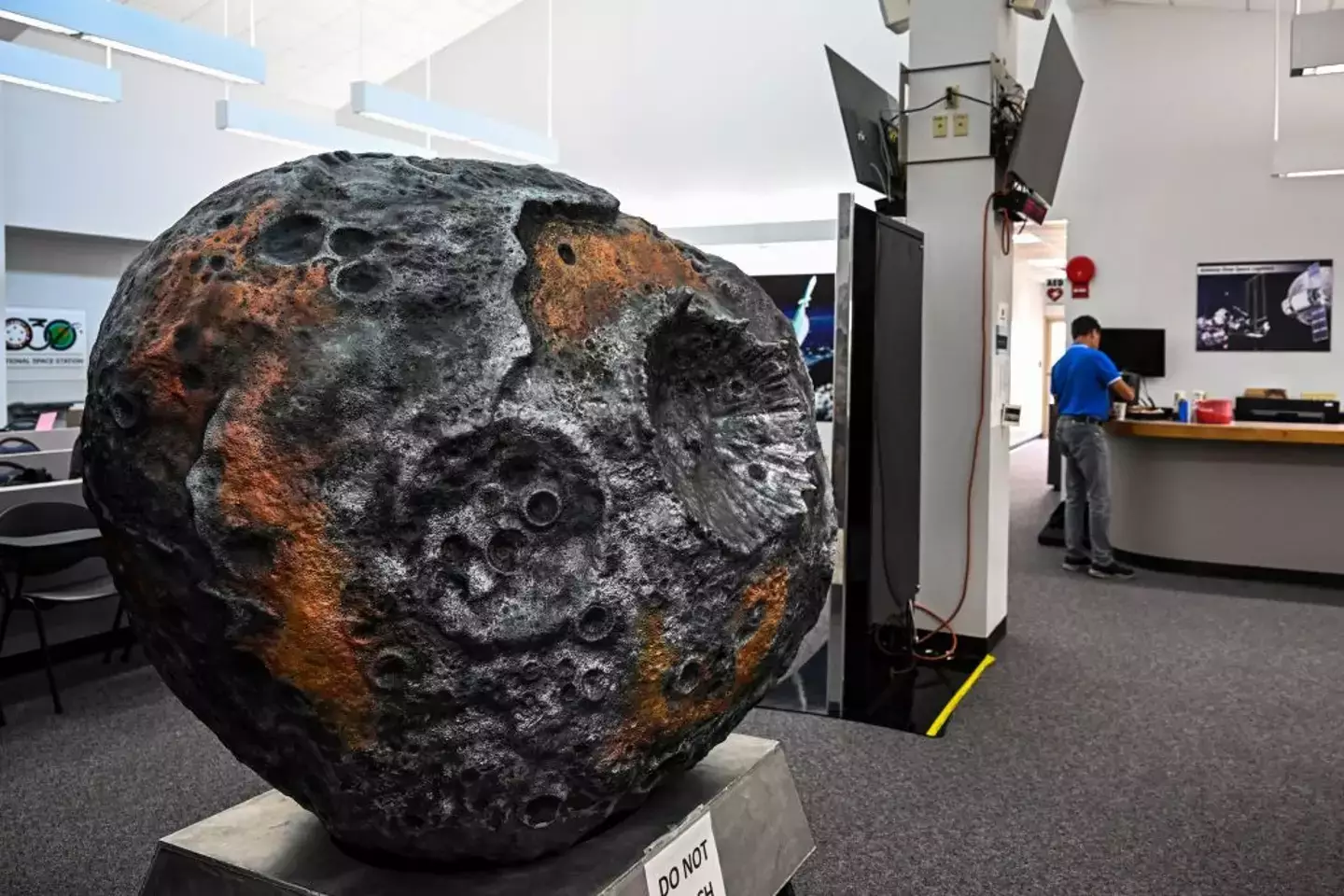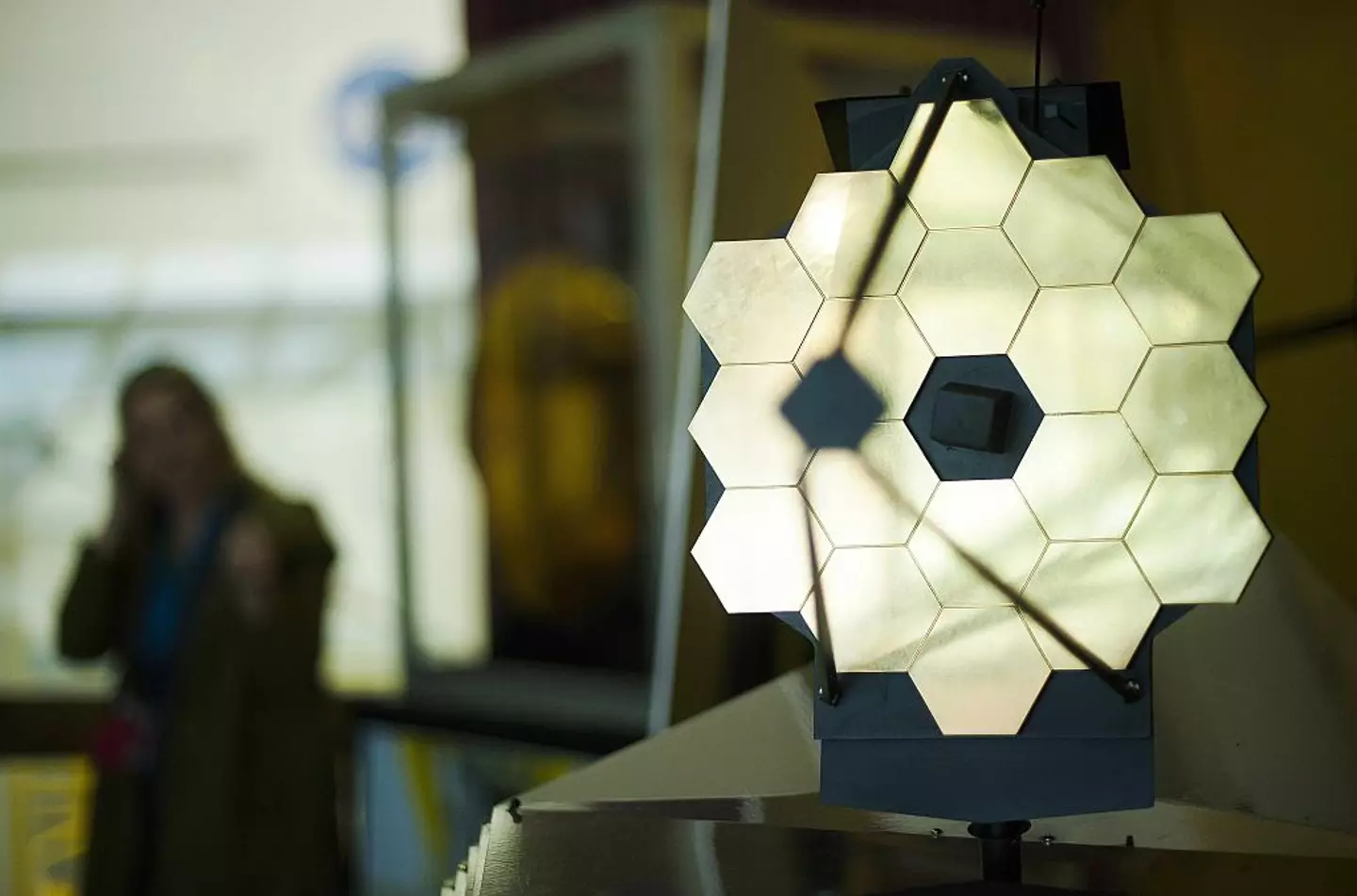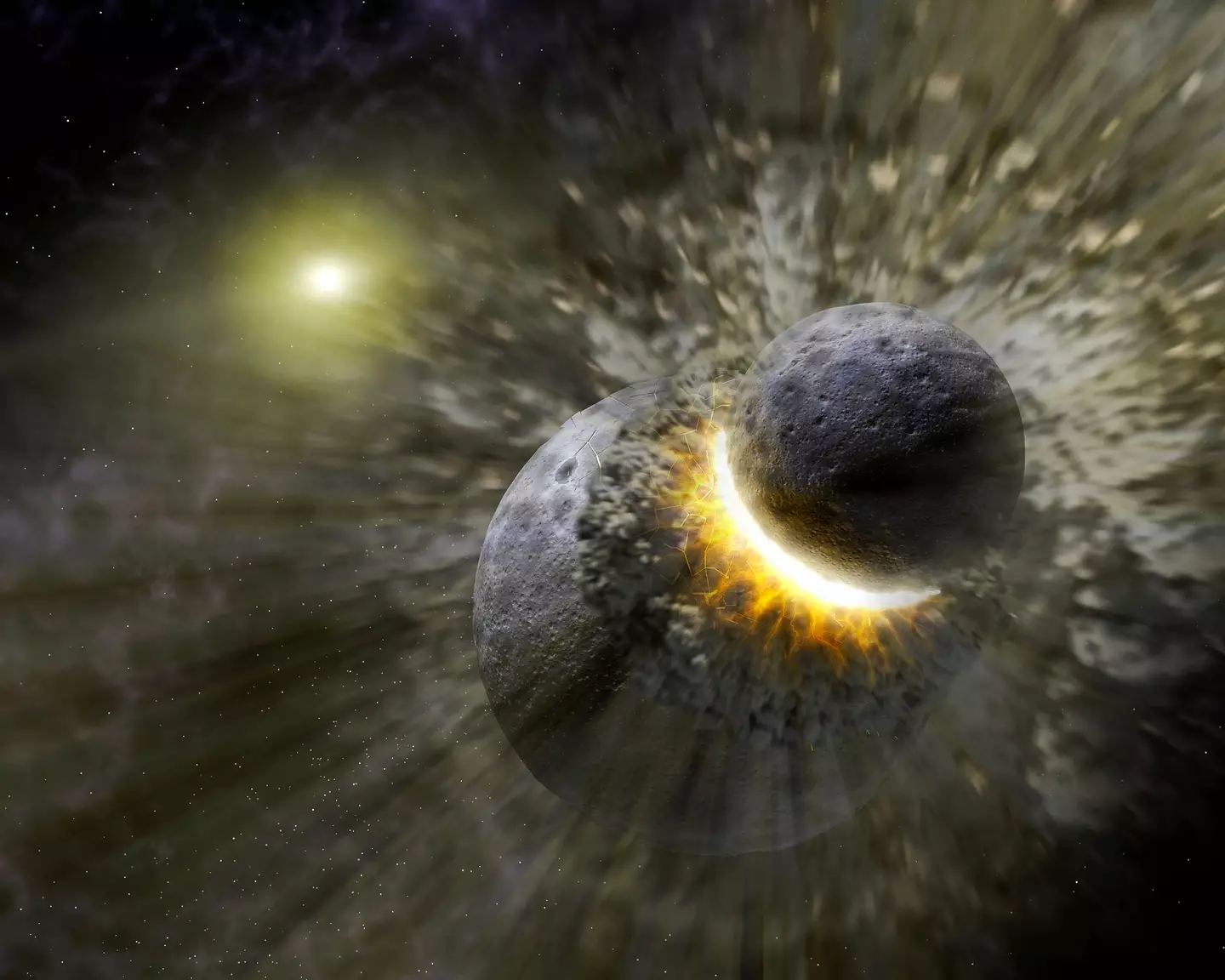The most potent telescope launched into space may have provided insights into the origins of an asteroid valued at an astonishing $10,000,000,000,000,000,000.
In the previous year, NASA dispatched a spacecraft on a mission to explore one of the largest M-type asteroids ever recorded, known as 16 Psyche.
Situated 2.2 billion miles away (3.5 billion km) within the asteroid belt between Mars and Jupiter, it will take approximately five more years for the space agency to reach this distant target.
With dimensions measuring 173 miles (280 km) across and 144 miles (232 km) long, and a surface area of 64,000 square miles (165,800 square km), the impressive size of 16 Psyche has intrigued researchers.
Adding to its intrigue, the asteroid is composed of valuable metals such as gold, iron, and nickel.

This discovery is so significant that it could theoretically render every person on Earth a billionaire.
The formation of this peculiar asteroid has been a topic of speculation for some time.
Initially, scientists believed that 16 Psyche was formed following a catastrophic collision that exposed its metallic core.
This event would have occurred when the asteroid existed as a protoplanet—a ‘whirling mass of gas rotating around a star’.
However, NASA’s James Webb Space Telescope has observed unexpected evidence that challenges this hypothesis.

The telescope detected hydrated minerals on the asteroid’s surface, indicating the presence of water.
This suggests that 16 Psyche may have moved from beyond the solar system’s ‘snow line’ to its current location in the asteroid belt.
The snow line signifies the minimum distance from the Sun where temperatures are low enough for water to freeze.
Dr. Stephanie Jarmak from the Center for Astrophysics, Harvard & Smithsonian in Cambridge, Massachusetts, explained to Forbes: “Our understanding of solar system evolution is closely tied to interpretations of asteroid composition, particularly the M-class asteroids that contain higher concentrations of metal.”

“These asteroids were initially thought to be the exposed cores of differentiated planetesimals, a hypothesis based on their spectral similarity to iron meteorites.”
For those unfamiliar, planetesimals are rocky objects that formed in the early solar system through collisions with other bodies.
These collisions eventually led to the creation of larger bodies, which became planets.
What remains uncertain is whether 16 Psyche has always contained water or if it was introduced through a collision.
Dr. Anicia Arredondo, co-author from the Southwest Research Institute in San Antonio, Texas, proposed that the asteroid might not be the remnant core of a protoplanet if it has consistently maintained water.
For now, the origin of 16 Psyche remains a mystery.
But NASA’s mission may ultimately provide the answers—though we’ll have to wait until the mission concludes in 2031.

